Houseplant Experts Reveal 5 Christmas Cactus Mistakes That Will Stop it from Blooming – and How to Fix Them
From overwatering to too much light, here's how to avoid these common errors
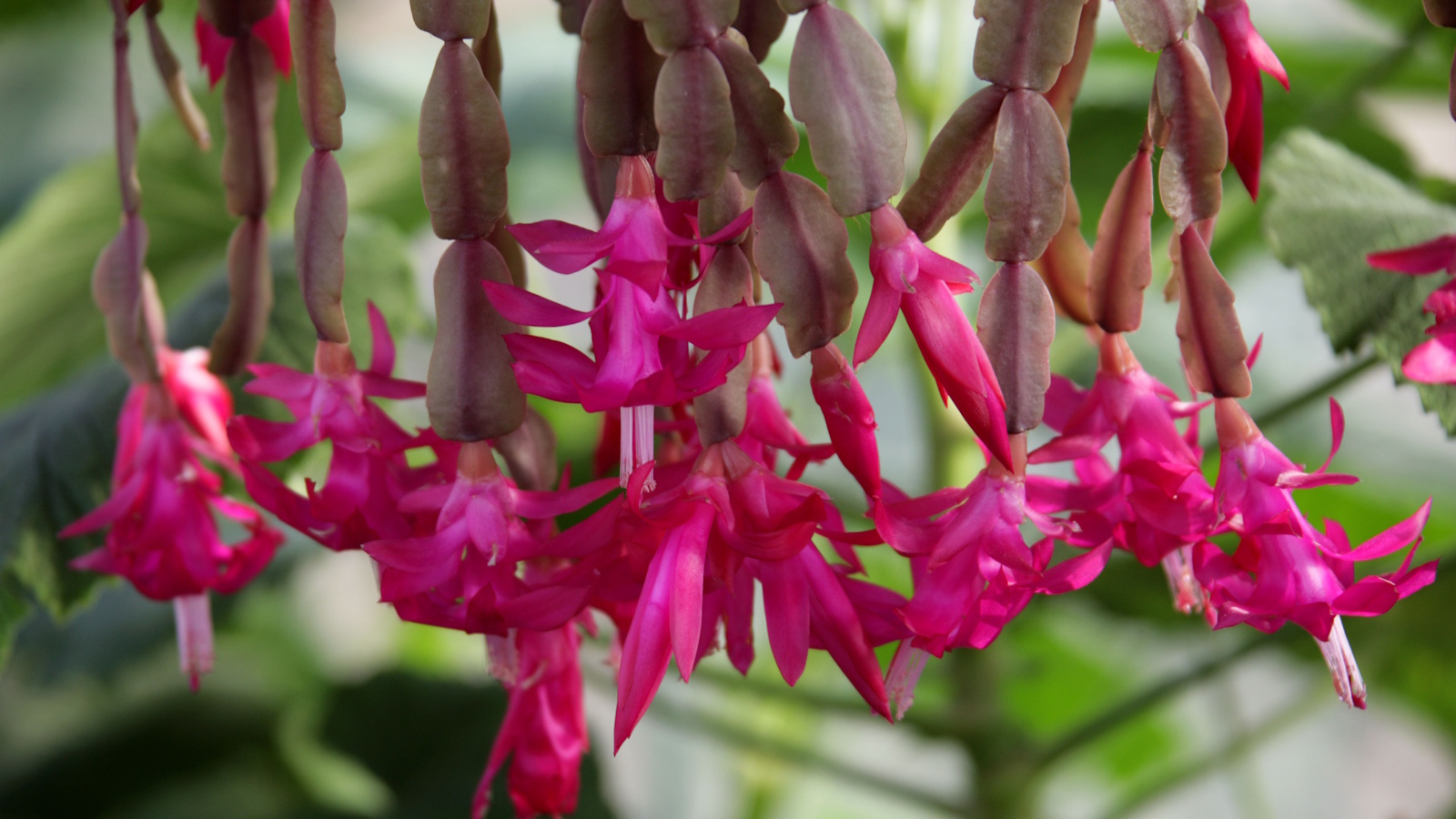

Holly Crossley
With their spectacular, jewel-toned blooms, Christmas cactuses are a beloved way to brighten the home during the holidays. Their verdant, cascading stems add lush texture long after the festive season ends – provided they receive the right care.
But nurturing and growing a Christmas cactus can be a little more nuanced than many expect. Understanding what not to do with watering, lighting, and placement is essential if you want to avoid bud drop, wilting, or pest issues that can compromise their blooms and beauty – or even lead to their decline.
To help your plant thrive, we spoke with houseplant experts who reveal the five key mistakes to avoid, along with simple, effective fixes to keep your Christmas cactus blooming beautifully year after year.
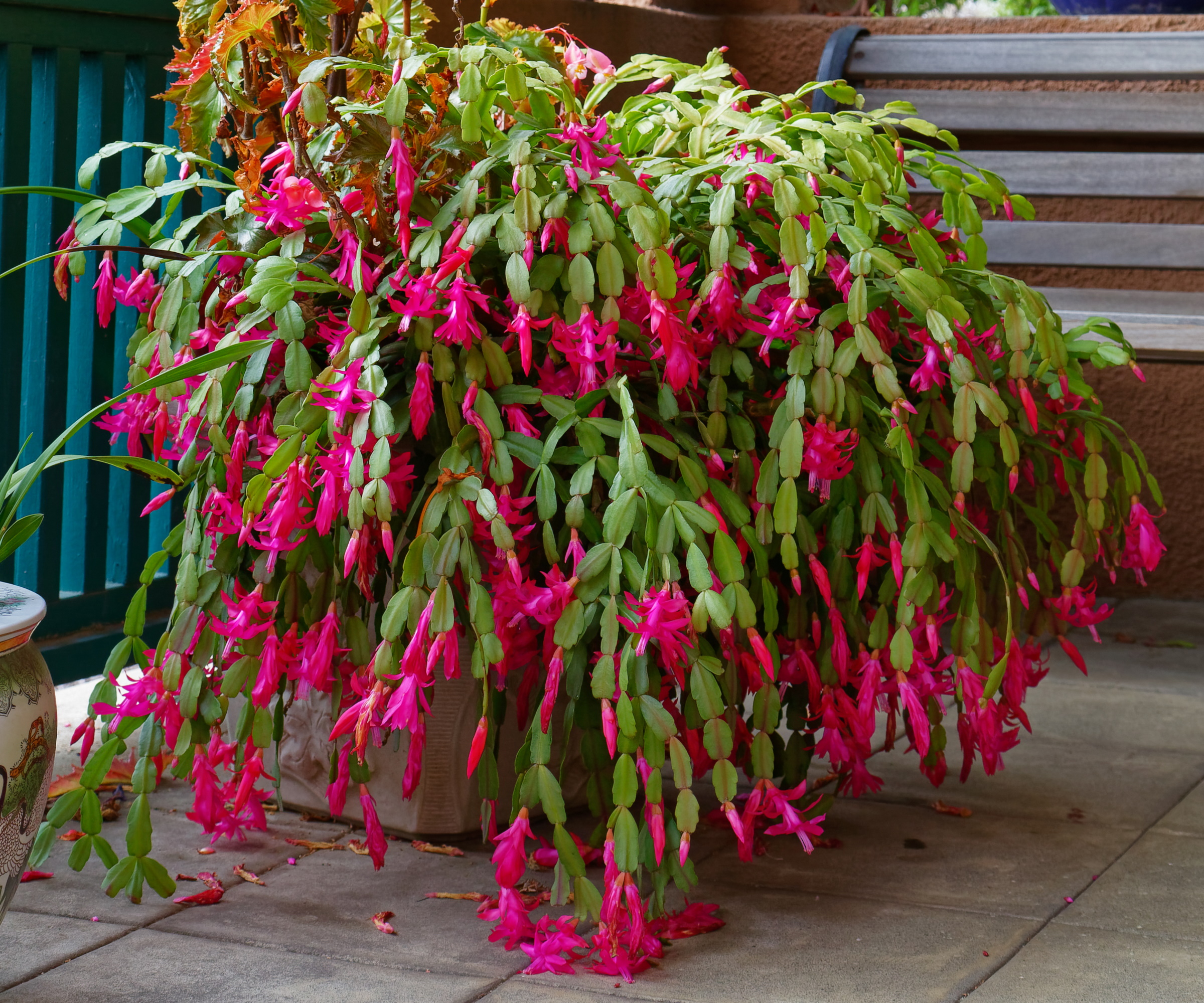
Give your Christmas cactus what it needs and you'll be rewarded with vibrant blooms
5 Christmas cactus mistakes to avoid
As with all indoor plants, getting the growing environment right for your Christmas cactus is key to helping it thrive.
Avoiding the below Christmas cactus mistakes will help you achieve this, as well as make your Christmas cactus bloom year-on-year.
1. Watering your Christmas cactus too frequently
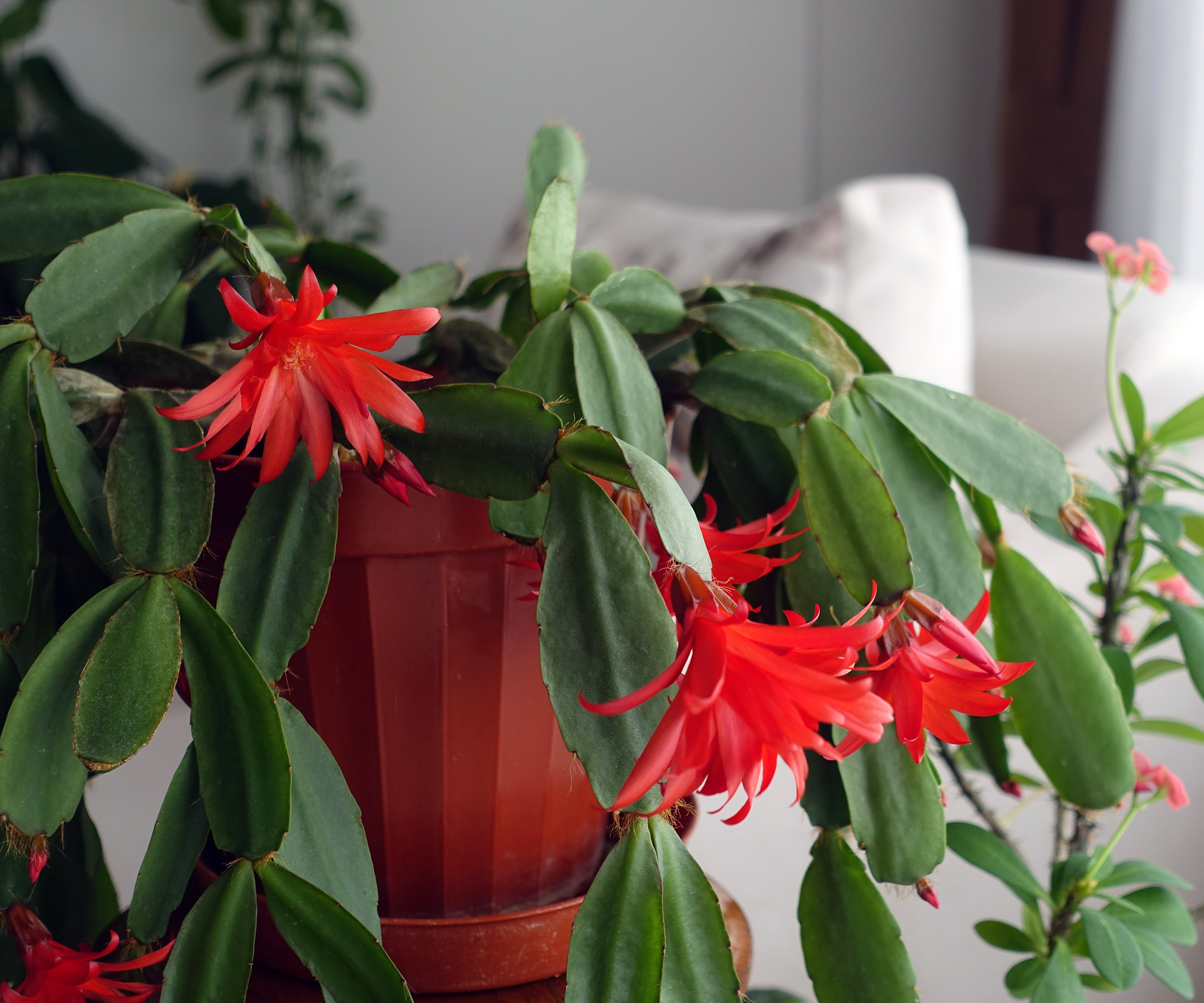
Avoid waterlogging your Christmas cactus, as this can lead to problems such as root rot
It’s easy to overlook how often to water houseplants, but it’s crucial, especially for Christmas cactuses. Like all indoor succulents, they are highly sensitive to overwatering, so it’s best to err on the side of caution.
Too-frequent watering of your Christmas cactus can lead to limp, darkened leaves, black spotting, and ultimately root rot, which is a common issue in many houseplants, including fiddle leaf figs.
Design expertise in your inbox – from inspiring decorating ideas and beautiful celebrity homes to practical gardening advice and shopping round-ups.
Excess moisture also creates ideal conditions for pests. Mealybugs, which often appear alongside mold, like to tuck themselves into leaf joints, so check these hidden areas regularly.
Treat infestations with insecticidal soap or neem oil, available from Amazon, and replace the soil if mold is present. Fungus gnats may also be drawn to consistently damp compost; these tiny dark flies lay their eggs in the top layer of moist potting mix.
The simplest way to prevent these problems is to monitor the soil. Before watering, test the top inch with your finger, and it should be dry. Alternatively, use a soil moisture meter from Amazon to gauge hydration levels with confidence.
2. Not providing enough humidity
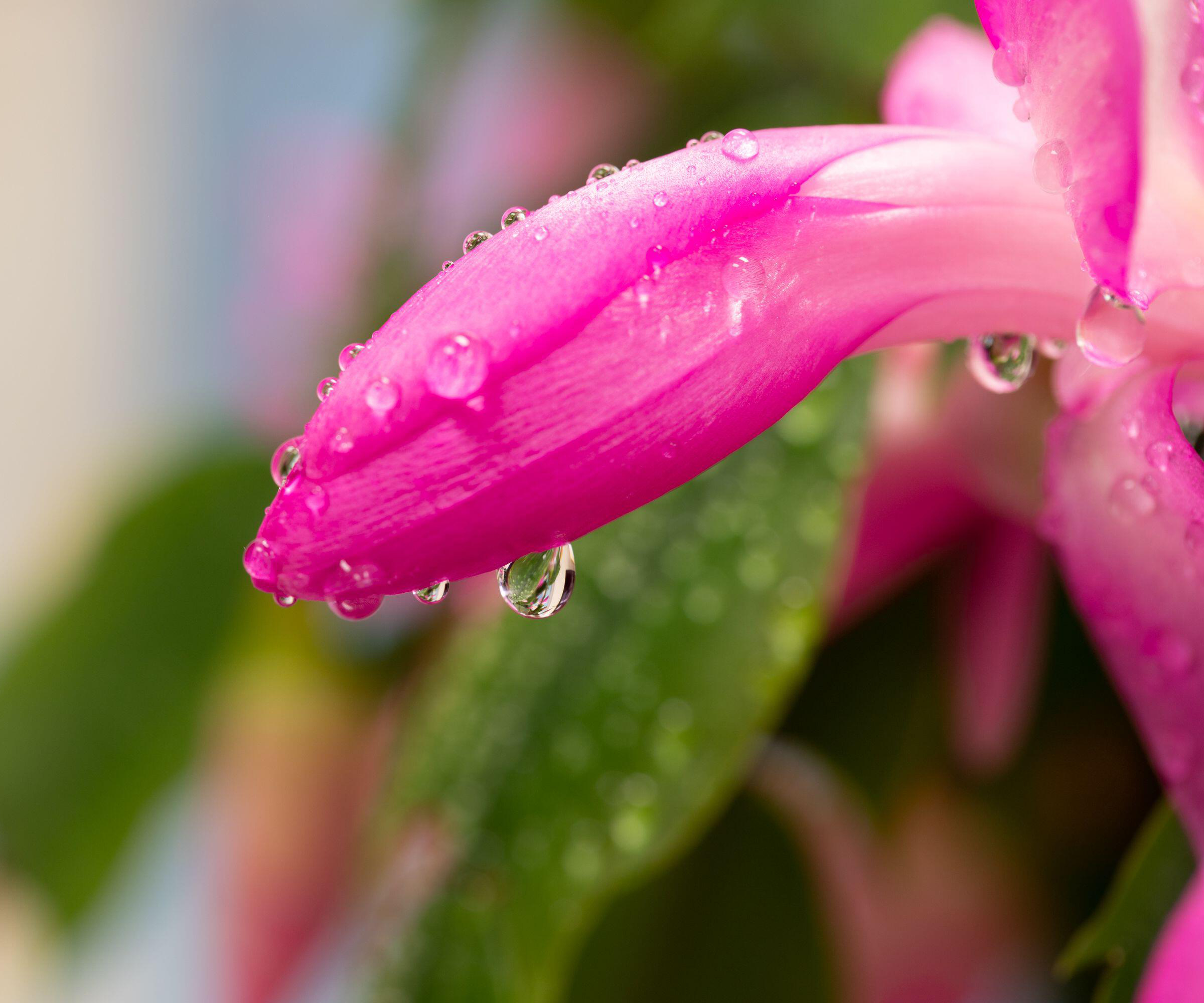
Too dry an environment won't suit your plant
While holding back on excessive watering is beneficial, don’t forget to keep humidity levels relatively high, given Christmas cactuses’ origins as tropical plants.
'They are ideal for humid environments, such as kitchens and bathrooms,’ says gardens writer Sarah Wilson.
'Alternatively, look for other ways to boost humidity around indoor plants. You could use this glass mister from Amazon, for instance, which will help to keep your succulent happy,' she adds.
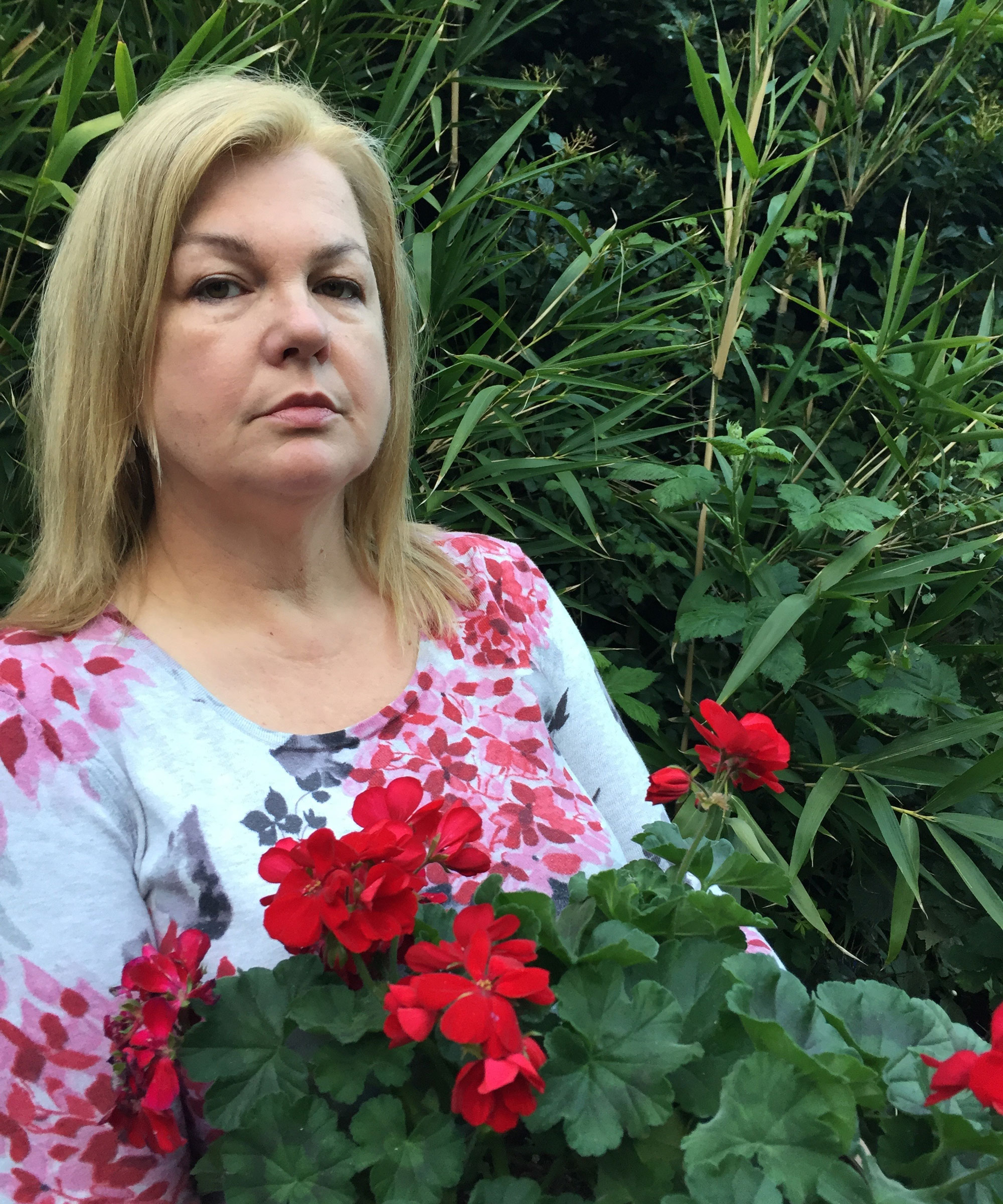
Sarah Wilson has been writing about flowers, plants, and garden design and trends since 2015. Having already studied introductory garden and landscape design as well as a course in floristry, she is currently adding to her list of qualifications with an RHS Level 2 course in the Principles of Plant Growth and Development.
3. Placing your Christmas cactus in the wrong light
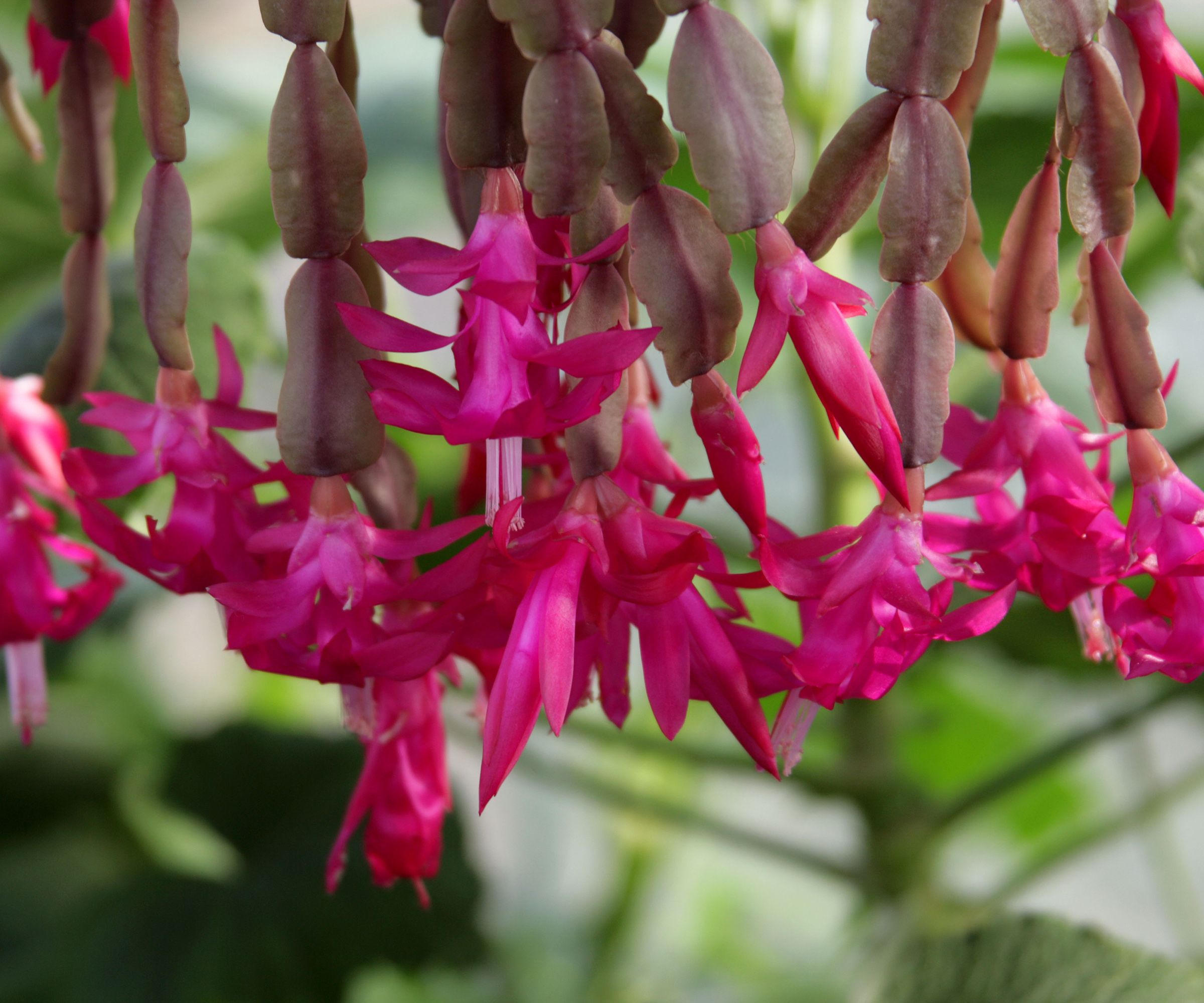
Keep your Christmas cactus out of strong sun
Striking the right balance of light is essential for a healthy, flowering Christmas cactus. Too much direct sunlight can cause leaf scorch, leaving them red or brown, while insufficient light during the day can prevent your Christmas from cactus blooming.
If your plant is in a bright, south-facing room, place it a little farther from the window or use a sheer curtain to diffuse intense sun. In a darker room, a bright windowsill can provide the light it needs, as long as the spot is free from drafts.
For consistent brightness year-round, a grow light, such as this one from Amazon , can help maintain ideal conditions for flowering.
Christmas cactuses do need periods of darkness to trigger blooms, however. Aim for at least 12–14 hours of uninterrupted darkness each night for 6–8 weeks in the lead-up to flowering. Balancing light exposure in this way ensures both healthy foliage and a spectacular holiday display.
4. Not maintaining a consistent temperature
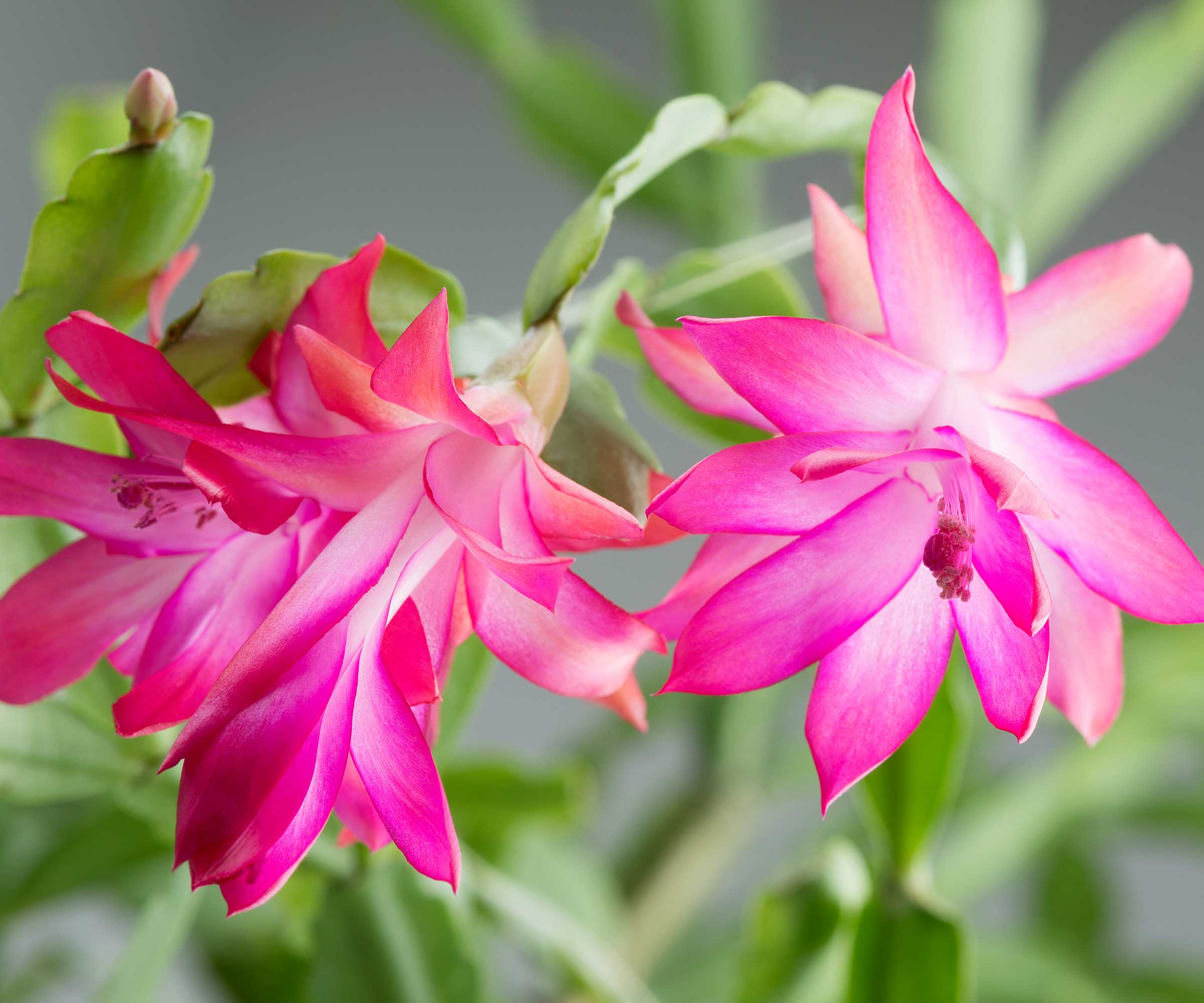
Central heating and air conditioning can damage your plant if it's too close by
Horticulturist Justin Hancock of Costa Farms warns how big swings in temperature can cause bud drop. ‘Avoid drafts, too,' he adds – heating vents and drafty windows can shock the plant.
‘Prolonged exposure to temperatures over about 85ºF may potentially cause bud drop as well,’ Justin continues.
Note, too, that slightly cooler temperatures at night help encourage a Christmas cactus to bloom. ‘It can go as low as about 55ºF at night (but it still wants to be warm during the day),’ Justin says. ‘If you keep it in a spot where it’s 75ºF day and night, for example, it may not be able to bloom.’
You can use this low-cost room thermometer from Amazon to monitor temperatures for your Christmas cactus.

Justin Hancock is a Costa Farms horticulturist with over 25 years in the industry. A plant enthusiast and educator, he has a degree in horticultural science and has worked in garden centers and botanical gardens, as a garden designer, and in garden publishing. He has experience gardening across the country, from Minnesota to Miami to Oregon. Justin is also co-host of the Costa Farms podcast Plant Rx.
5. Overfertilizing your Christmas cactus
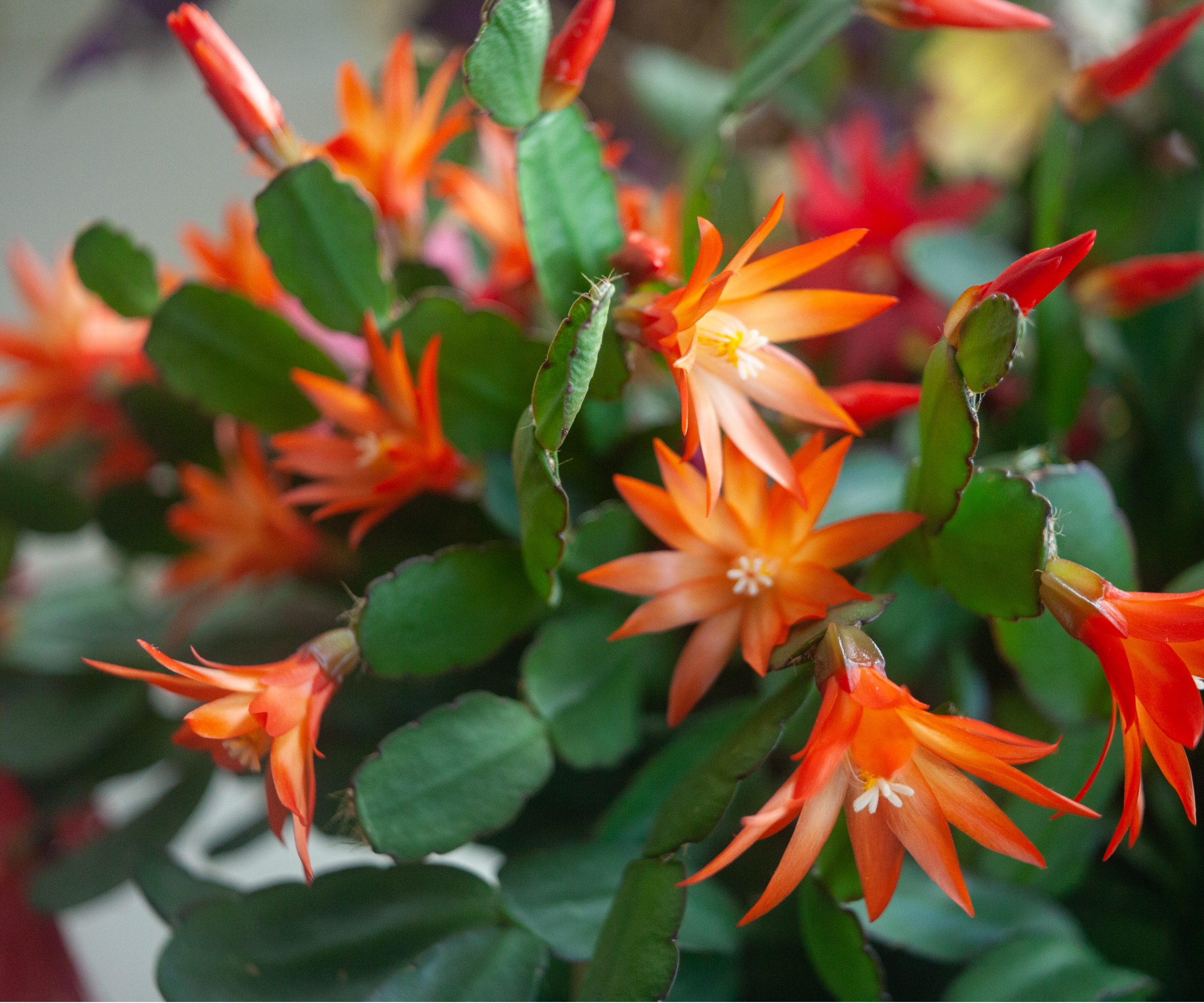
A touch of fertilizer will bring a bounty of blooms
A general-purpose houseplant fertilizer (such as this one from Amazon) applied in spring and summer can give Christmas cactuses a helpful boost, but avoid over-fertilizing, as this can damage the roots.
‘It’s not particularly fussy about the type of fertilizer,’ says Justin. ‘I prefer slow-release fertilizers (like this one for succulents and cacti from Amazon). They gradually provide essential nutrients over several weeks, reducing the risk of over-fertilizing compared to liquid products you mix with water. You can often apply them just once or twice a year.’
For more targeted support, you can also use a Christmas cactus fertilizer (available at Amazon, formulated to encourage both healthy growth and vibrant blooms.
FAQs
What does a stressed Christmas cactus look like?
When a Christmas cactus is under stress, you may notice brownish-red or pink leaves, which can result from insufficient watering or excessive sunlight. Other tell-tale signs are limp foliage, a lack of flowers, or buds falling off before they’ve bloomed.
Can I save my struggling Christmas cactus?
If you’ve made a mistake with your Christmas cactus care, all may not be lost. Repotting a Christmas cactus into fresh soil can be helpful if you’ve overwatered or over-fertilized it, which also gives you a chance to remove any dead roots.
If light or temperature is the issue, move the plant somewhere more suitable and monitor it closely for signs of improvement.
If you want to grow your plant collection, healthy Christmas cactuses can be propagated easily if you follow the tips in our dedicated guide. This is a great way to get more houseplants for free, and you can even gift them for the holidays.

Rachel is a gardening editor, floral designer, flower grower and gardener. Her journalism career began on Country Living magazine, sparking a love of container gardening and wild planting. After several years as editor of floral art magazine The Flower Arranger, Rachel became a floral designer and stylist, before joining Homes & Gardens in 2023. She writes and presents the brand's weekly gardening and floristry social series Petals & Roots. An expert in cut flowers, she is particularly interested in sustainable gardening methods and growing flowers and herbs for wellbeing. Last summer, she was invited to Singapore to learn about the nation state's ambitious plan to create a city in nature, discovering a world of tropical planting and visionary urban horticulture.
- Holly CrossleyContributing Editor
You must confirm your public display name before commenting
Please logout and then login again, you will then be prompted to enter your display name.